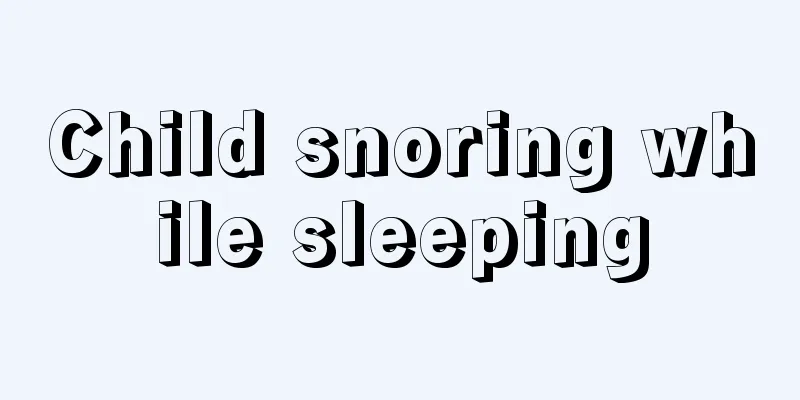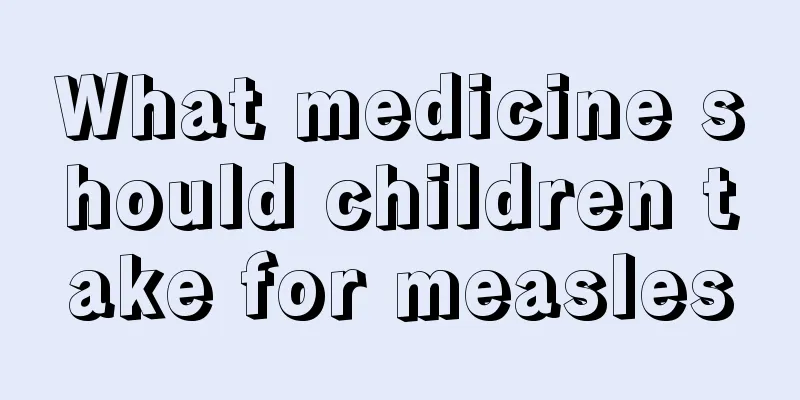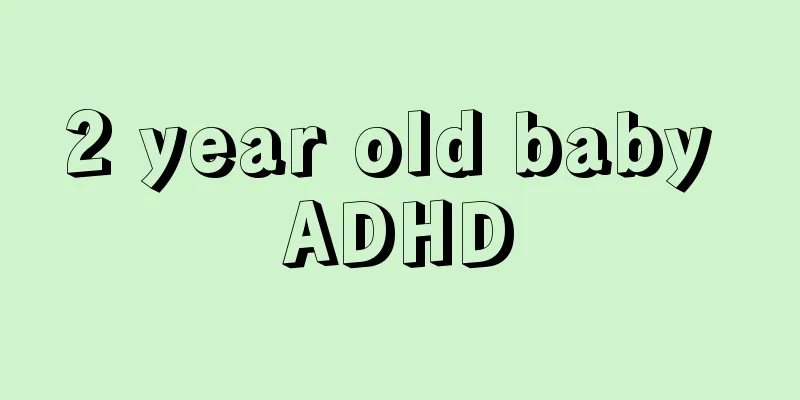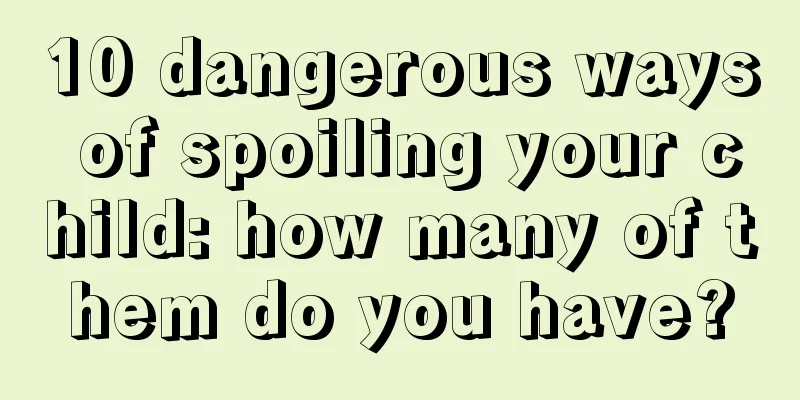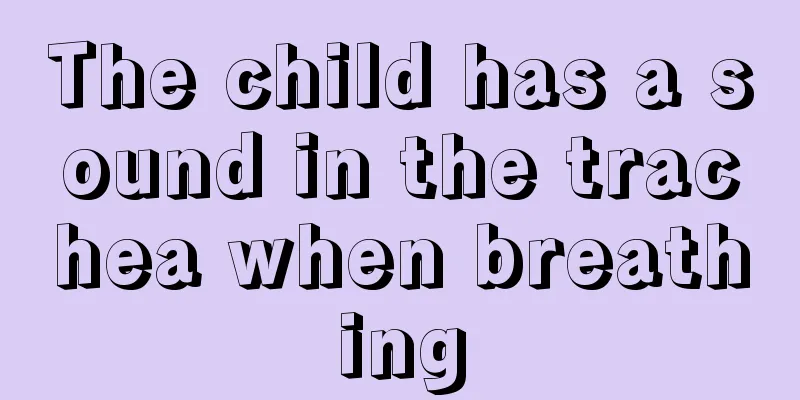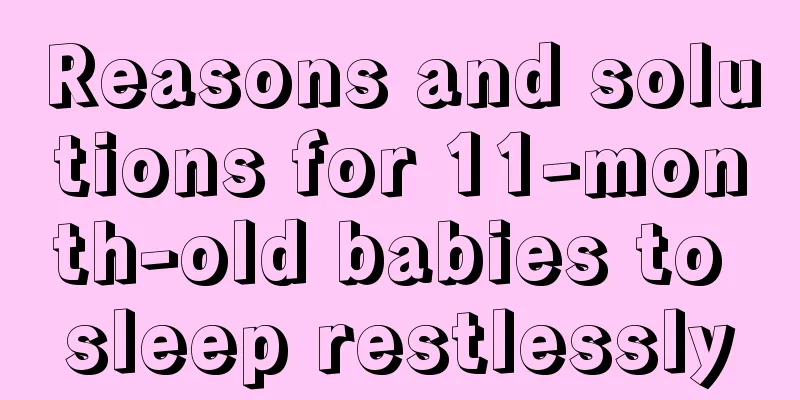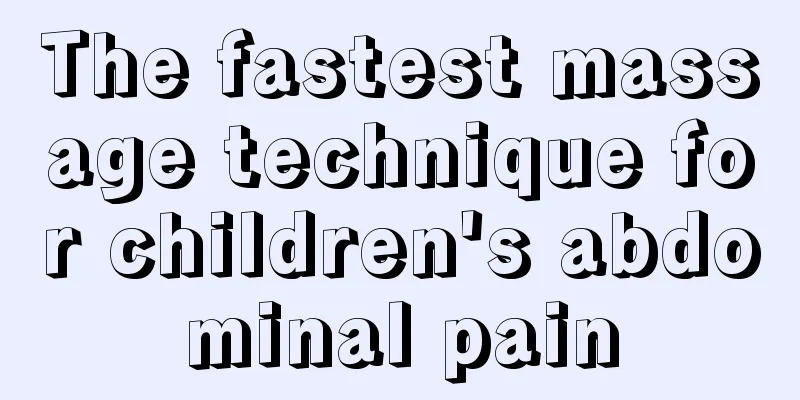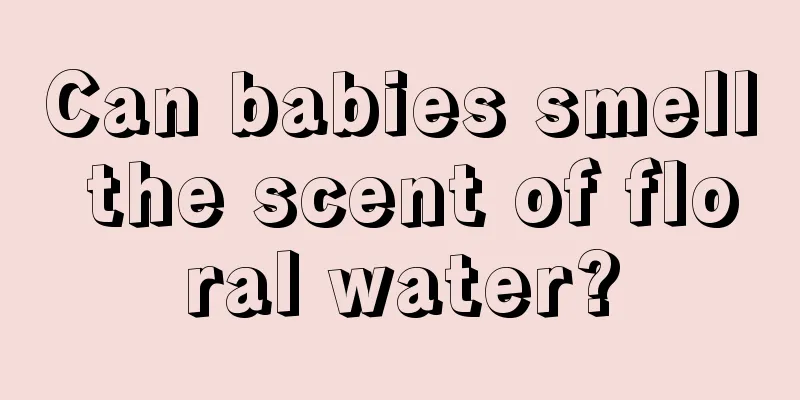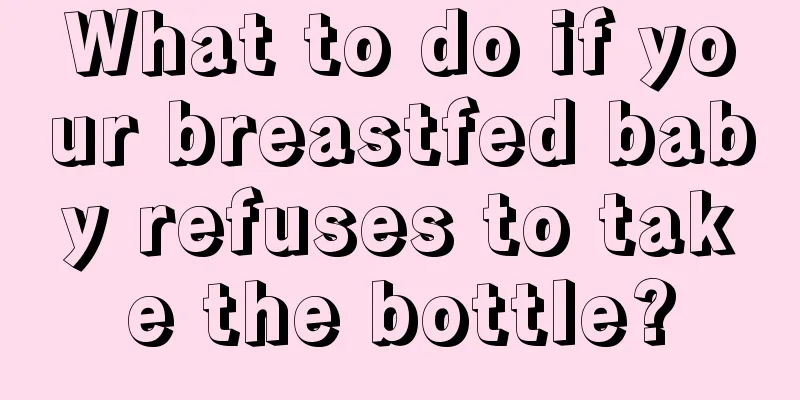At what age do children start to change their teeth?
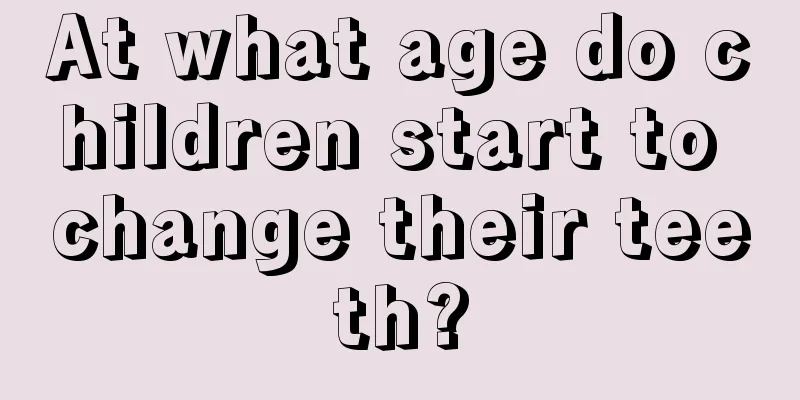
|
Tooth replacement is something that every child will experience during the process of growth and development, and it is also an issue that parents are more concerned about. Tooth replacement refers to the shedding of deciduous teeth and the eruption of permanent teeth. As a child grows, a permanent tooth germ develops at the root of each deciduous tooth. As soon as the baby teeth fall out, permanent teeth will grow. So, at what age do children usually change their teeth? Let’s take a look at it together below! The age range from 4 to 12 is the period of tooth replacement, and it is normal at this age. Generally, let them grow naturally, unless two teeth grow together, then you should see a dentist. A person grows teeth twice in his life, once is the deciduous teeth, and once is the permanent teeth, which are adult teeth. The permanent tooth germs begin to develop and calcify after birth and start to erupt at the age of 6-7. There are 32 permanent teeth in total, and they are usually fully erupted by the age of 20. When the permanent teeth erupt, the deciduous teeth fall out one after another, and the time sequence is as follows: At the age of 6, the two lower incisors come out, and at the same time, the first large molars, commonly known as molars, come out behind the second deciduous molars, one on the upper and lower left and right; the two lower deciduous incisors fall off. At the age of 7, the two upper front teeth came out and the two deciduous front teeth fell out. At the age of 8, the upper and lower incisors come out, and the upper and lower deciduous incisors fall out. At the age of 9-10, the lower canines and the first bicuspids (one on each side, upper and lower) emerge, and the lower deciduous canines and the first deciduous molars (one on each side, upper and lower) fall off. At the age of 10 to 11 years, the upper canines emerge and the upper deciduous canines fall out (one on each side). At the age of 11 to 12, the upper and lower second canines come out (one on each side), and the upper and lower third deciduous molars fall off (one on each side). Generally, all the deciduous teeth fall out at the age of 12 to 13, and then only permanent teeth, namely molars, come out. The second molars come out at the age of 12, and the third molars come out at the age of 18, every 6 years, hence the name 6-year-old teeth. However, some people do not get these teeth until around 30 years old, and some individuals do not get them at all. The above is the knowledge answer to the question of at what age children change their teeth. Generally, children change their teeth around 4 to 12 years old. Parents do not need to worry too much if they change their teeth early or late. Every child has different circumstances and physical health conditions, so it is common for some children to change their teeth early or late. |
<<: What should I do if my child has malabsorption?
>>: What are the symptoms of intestinal obstruction in infants and young children?
Recommend
What to do if your child always has itchy scalp
Because the human scalp is always covered with a ...
Newborn baby has secretions
Newborns are usually born in the hospital. If you...
What should I do if my baby has a dry nose?
Generally, adults will have dry nose in spring an...
Baby sweating all over when sleeping
It is a common phenomenon for babies to sweat all...
From whom do girls inherit more genes?
In real life, a large part of a child's appea...
Can children eat bananas when they have a cold or fever?
There are many dietary precautions for children w...
How to regulate a two-year-old baby's poor spleen and stomach
A baby's poor stomach is very important to hi...
What should I do if my child has flat feet?
Every child is brought into this world holding th...
What should I do if my child sweats a lot?
Maybe the heavy sweating that many children have ...
Why does my baby fart when he is sleeping?
I believe that many parents will find that their ...
Babies love to eat snacks, which hurts their spleen and stomach. Parents should know these three hazards
For most babies, snacks are their favorite. Many ...
What should I do if my 4-year-old child has a hunchback?
Everyone is familiar with the phenomenon of hunch...
Why is my child always panting?
Many children will suffer from wheezing when the ...
Does phimosis in children require surgery?
When it comes to the treatment of phimosis in chi...
The relationship between family type and children's happiness
Children from single-parent or blended families a...

